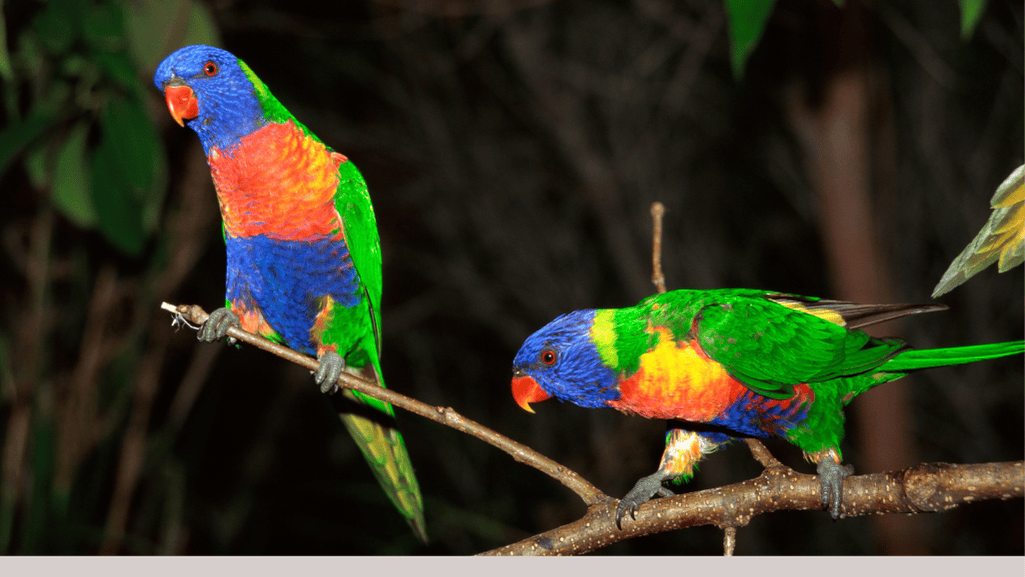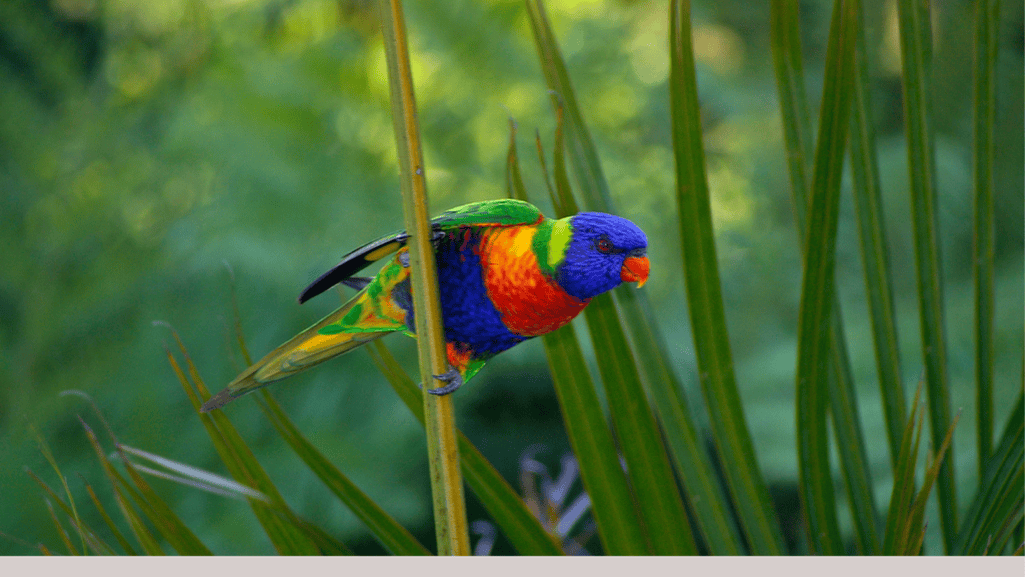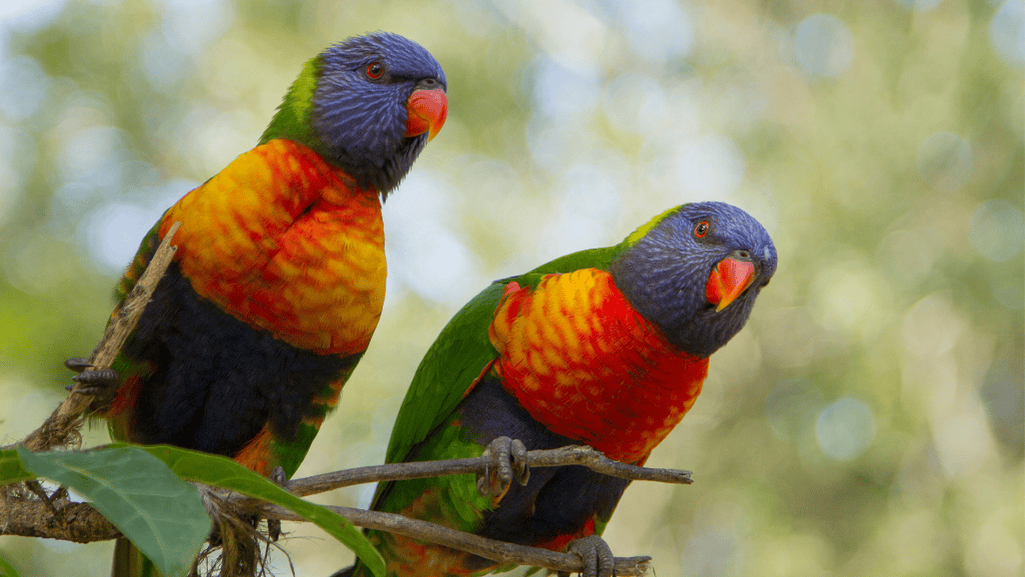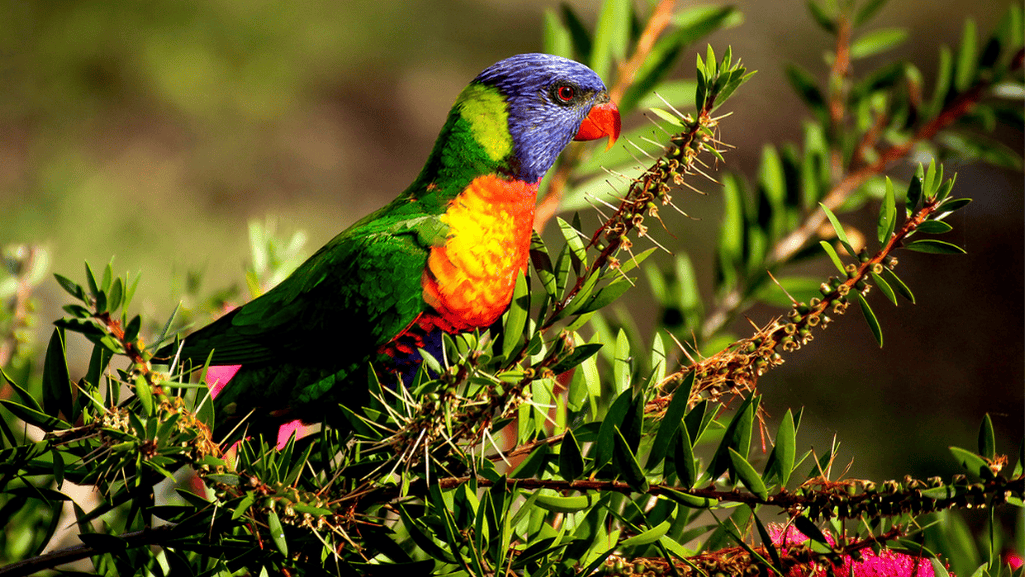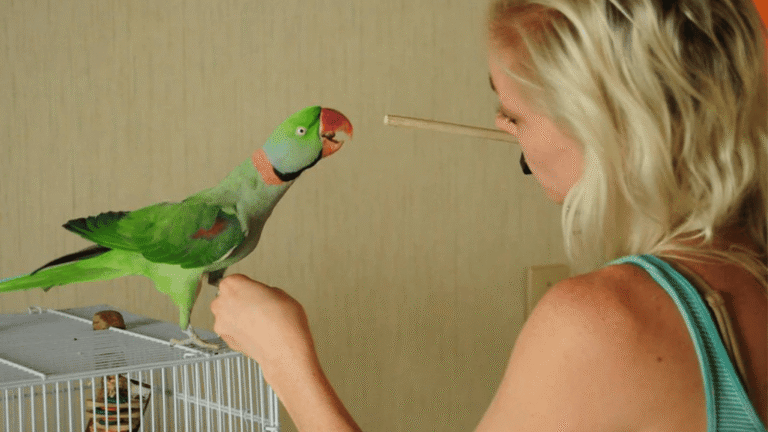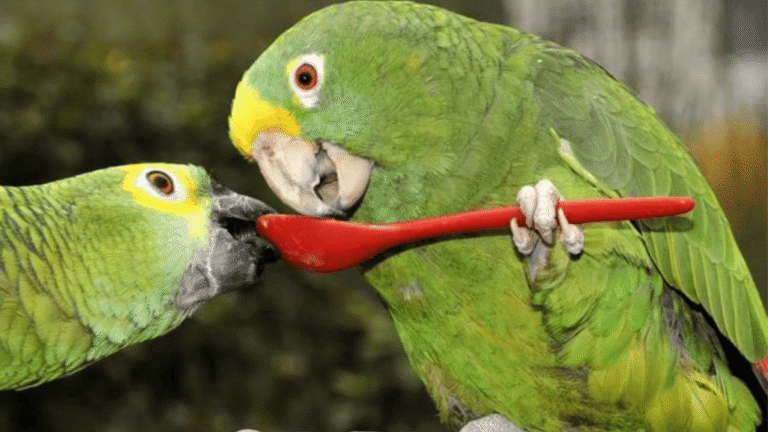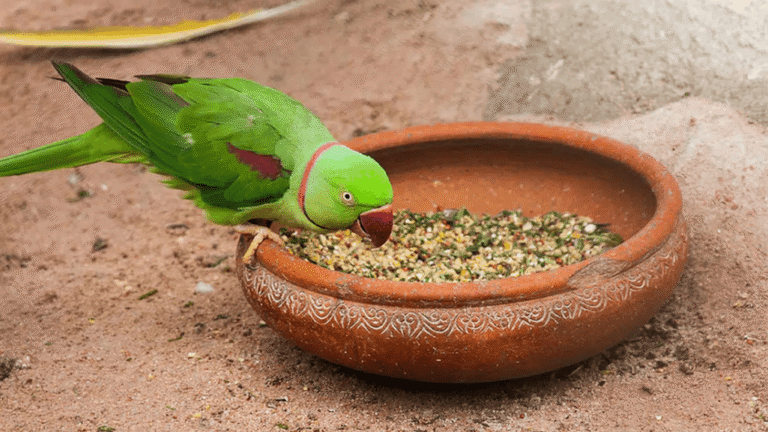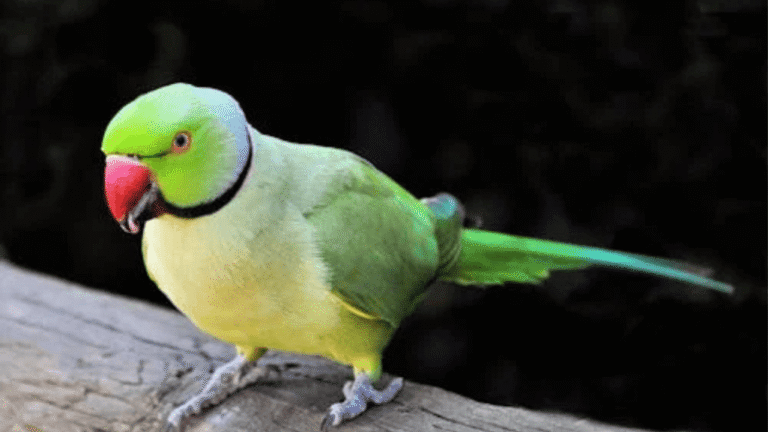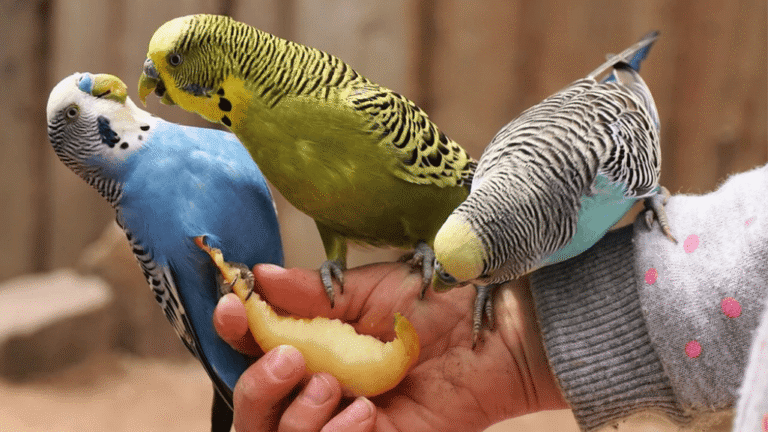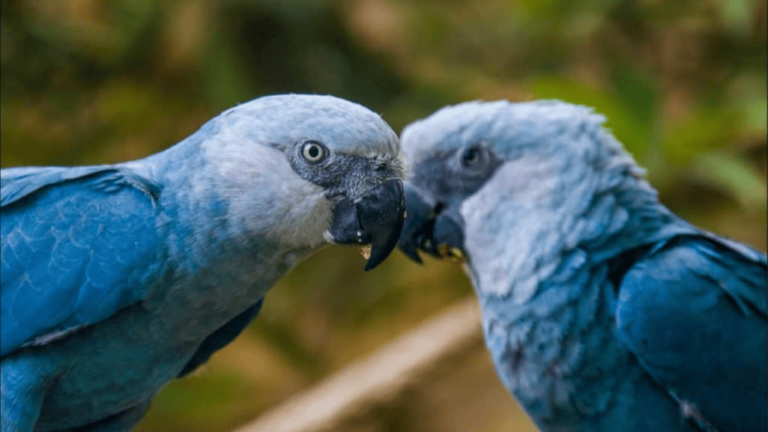The rainbow lorikeet (Trichoglossus moluccanus) is a stunning parrot from Australia. It’s known for its bright colors. This bird is loved along the eastern coast, from Queensland to South Australia.
These parrots live in rainforests, coastal areas, and woodlands. They are medium-sized, with a length of 25 to 30 cm. Their tongue is special, helping them eat nectar and pollen.
They are popular pets, but need the right food and space. In the wild, they help pollinate plants. But, they can be pests in places like Western Australia and New Zealand.
Key Takeaways
- The rainbow lorikeet is a colorful parrot species native to Australia, known for its vibrant plumage and medium size.
- These birds are found in various habitats along the eastern seaboard, from rainforests to coastal areas.
- Rainbow lorikeets are specialized nectar feeders, playing a crucial role in pollination within their native ecosystems.
- In captivity, rainbow lorikeets require a specific diet and ample space to maintain their health and well-being.
- While popular as pets, rainbow lorikeets are classified as pests in some introduced regions due to their potential impact on native species.
Introduction to the Rainbow Lorikeet
The Rainbow Lorikeet (Trichoglossus moluccanus) is a stunning and exotic bird from Australia. It’s part of the psittacine family and loved by many bird lovers and pet owners. Their bright colors and fun personalities make them symbols of Australian birds.
Habitat and Distribution
Rainbow Lorikeets live along Australia’s eastern coast, from Queensland to South Australia. They like different types of trees, from rainforests to urban areas. These birds can travel up to 30 kilometers a day, showing their great mobility.
In Western Australia, Rainbow Lorikeets have made a home in Perth, thanks to aviary releases. While they fit well in cities, their presence worries some about their effect on native birds.
Physical Characteristics
Rainbow Lorikeets are medium-sized parrots, 25-30 centimeters long and 140 grams heavy. Their bright colors stand out. The head is blue, with a greenish-yellow collar. The wings, back, and tail are green, and the chest is orange-yellow.
The belly is blue, and the thighs and rump are green. This mix of colors is truly stunning.
| Characteristic | Measurement |
|---|---|
| Adult length | 30 cm |
| Adult weight | 140 g |
| Lifespan | 25-28 years |
| Number of subspecies | 21 |
Rainbow Lorikeets can live up to 25-28 years in captivity. Some even live over 30 years. This shows the big commitment needed to care for them as pets.
Their looks and lively nature make them popular pets. They need a special diet of nectar, pollen, fruits, and lorikeet food. This has led to special care practices for them in captivity.
Taxonomy and Scientific Classification
The rainbow lorikeet is a colorful parrot from Australia. It belongs to the order Psittaciformes, which includes all parrots and lories. This bird is part of the family Psittacidae, which also includes cockatoos and their relatives. As a nectar-feeding bird, it has a special place in the ecosystem.
The scientific name of the rainbow lorikeet is Trichoglossus moluccanus. This name shows its genus and species. The genus Trichoglossus was named by English naturalist James Francis Stephens in 1826. It includes island lorikeets from the Australasian region. The specific epithet moluccanus comes from the Moluccas, where it was first found.
There are two subspecies of rainbow lorikeets:
- T. m. septentrionalis: Found in northern Australia and southern New Guinea
- T. m. moluccanus: Found in eastern Australia, from Queensland to South Australia
Over time, the classification of the rainbow lorikeet has changed. Some thought the red-collared lorikeet was a subspecies. But now, most agree it is a separate species.
The rainbow lorikeet’s taxonomic journey showcases the ongoing efforts of scientists to refine our understanding of the relationships between different parrot species and subspecies.
The following table summarizes the taxonomic hierarchy of the rainbow lorikeet:
| Taxonomic Rank | Scientific Name |
|---|---|
| Kingdom | Animalia |
| Phylum | Chordata |
| Class | Aves |
| Order | Psittaciformes |
| Family | Psittacidae |
| Genus | Trichoglossus |
| Species | T. moluccanus |
Understanding the rainbow lorikeet’s place in the parrot world helps us learn about its evolution and how it fits into the ecosystem.
Description and Appearance
The rainbow lorikeet is a stunning parrot from Australia. It’s known for its bright colors that attract bird lovers everywhere. This parrot is one of the most colorful in Australia, with a unique mix of colors.
Plumage Colors
The rainbow lorikeet’s head is a deep blue, with a greenish-yellow collar around its neck. Its wings, back, and tail are mostly green. The chest is a bright orange-yellow, and the belly is a rich blue.
The thighs and rump are green. When it flies, a yellow wing-bar shows off against the red underwing coverts. This creates a stunning color display.
Size and Weight
The rainbow lorikeet is a medium-sized parrot. It’s between 25 and 30 cm long, from head to tail. They weigh between 75 and 157 g, with some reaching up to 5.5 ounces.
They have a wingspan of about 17 cm. This lets them fly up to 40 miles a day to find food.
| Measurement | Range |
|---|---|
| Length | 25-30 cm (9.8-11.8 in) |
| Weight | 75-157 g (2.6-5.5 oz) |
| Wingspan | 17 cm (6.7 in) |
Sexual Dimorphism
Rainbow lorikeets don’t have obvious differences between males and females. They look the same, making it hard to tell their sex by looking. To find out if a rainbow lorikeet is male or female, you might need to use surgery or DNA tests.
These birds are loved for their bright colors and fun personalities. But, they need the right food and space to be happy. With the right care, they can be wonderful pets.
Behavior and Social Structure
Rainbow lorikeets are very social birds with interesting behaviors. They live in groups and form strong pairs. These habits are key to their survival and social life.
Flocking and Pair Bonding
In the wild, rainbow lorikeets travel in pairs, showing their strong bonds. They groom each other and stay close. But, they also join big groups for food or to roost.
After the group activity, they go back to their pairs. Rainbow lorikeets can gather in huge numbers, up to 50,000 birds. Their group sizes change, with small groups in the morning and bigger ones for feeding.
| Time of Day | Typical Group Size |
|---|---|
| Morning | Less than 10 birds |
| Feeding | Up to 20 birds |
Territoriality and Aggression
Rainbow lorikeets are usually friendly but can be territorial. They defend their food and nesting spots fiercely. They even chase away bigger birds like magpies.
In places like campsites and gardens, they’re used to people and can be fed by hand. This is also true in places like the Lone Pine Koala Sanctuary in Brisbane, Australia.
Rainbow lorikeet pairs defend their feeding and nesting areas aggressively against other rainbow lorikeets and other bird species.
Knowing how rainbow lorikeets behave is important for those who care for them. By understanding their social habits, we can create better environments for them. This helps ensure their happiness and health.
Diet and Feeding Habits
Rainbow lorikeets love to eat nectar, pollen, and fruit. Knowing what they eat is key for those who care for them. A good diet keeps them healthy and happy.
Nectar and Pollen Consumption
In the wild, rainbow lorikeets mostly eat nectar from flowers. Their special tongue helps them get nectar from deep in flowers. They also eat pollen for proteins and amino acids.
Important nectar sources for them include eucalyptus, Grevillea, and Melaleuca.
Fruit and Other Food Sources
Rainbow lorikeets also eat fruits, berries, and other plants. They like fruits from native Australian plants and some introduced ones. They might even eat crops like apples and grains like maize.
| Food Item | Importance in Diet |
|---|---|
| Nectar | Primary energy source |
| Pollen | Protein and amino acids |
| Fruit | Vitamins, minerals, and fiber |
| Berries | Antioxidants and additional nutrients |
| Blossoms | Seasonal food source |
Adaptations for Nectar Feeding
Rainbow lorikeets have special features for eating nectar. Their long, brush-tipped tongue lets them get nectar from flowers. Their body is also made to quickly digest nectar’s sugar.
For pet rainbow lorikeets, a diet like their natural one is best. Use nectar substitutes and lorikeet pellets as a base. Add fresh fruits, veggies, and native blossoms. This way, they stay healthy and happy.
Breeding Biology
Rainbow lorikeets are colorful birds from Australia with interesting breeding habits. They form strong pairs and show off with songs, preening, and feeding each other. Their breeding season is from August to January in southern Australia, when flowers bloom.
Nesting Sites and Materials
Rainbow lorikeets choose nesting sites wisely. They like hollows in tall trees, but also use palm trunks and rocks. They even nest in cities, in buildings and other structures. They gather wood dust, leaves, and feathers to build their nests.
Clutch Size and Incubation
Female rainbow lorikeets lay 1 to 3 eggs, usually 2. The eggs are white and oval, about 26mm by 20mm. The female incubates the eggs for about 25 days. The male feeds her during this time, keeping her strong.
| Breeding Parameter | Details |
|---|---|
| Breeding Season | August to January (Southern Australia) |
| Clutch Size | 1-3 eggs (typically 2) |
| Egg Description | White, oval-shaped, 26mm x 20mm |
| Incubation Period | Around 25 days |
| Incubation Duties | Performed by the female |
Parental Care and Fledging
After hatching, both parents feed and care for the chicks. The chicks are born blind and helpless, needing their parents for everything. The parents feed them nectar and partially digested food, full of nutrients.
As the chicks grow, they get their bright rainbow feathers. They start to fly around 50 days after hatching. But they still need their parents for food and advice for weeks. This helps them learn to find food and move around safely before they’re on their own.
The dedication and teamwork displayed by rainbow lorikeet parents throughout the breeding process are truly remarkable, showcasing the strong pair bonds and parental instincts that have evolved in these beautiful Australian birds.
Rainbow Lorikeet in Captivity
The Rainbow Lorikeet is a popular pet bird, loved for its bright colors and fun personality. Many people want to have these birds as pets. But, it’s important to know what caring for them in captivity involves to keep them happy and healthy.
Popularity as Pet Birds
Rainbow Lorikeets are popular pets because of their beauty and lively nature. They are smart, playful, and can bond strongly with their owners. But, remember, they can live up to 30 years with the right care.
Dietary Requirements in Captivity
Feeding Rainbow Lorikeets the right food is key. In the wild, they eat nectar and pollen. In captivity, you should give them nectar mixes made for lorikeets.
They also need fresh fruits and veggies for vitamins and fiber. Good choices include apples, pears, grapes, berries, melon, spinach, carrot, and sweet potato.
But, their digestive system is sensitive. Avoid giving them animal proteins, fatty or salty foods, and processed foods. A diet that mimics their natural habits is best for their health.
| Food Type | Percentage in Diet |
|---|---|
| Commercial Nectar Mix | 70-80% |
| Fresh Fruits | 10-15% |
| Fresh Vegetables | 5-10% |
By giving them a balanced diet, you can help your Rainbow Lorikeet thrive. Regular vet visits and watching their weight and health are also important.
Keeping Rainbow Lorikeets as pets can be rewarding. But, it needs dedication, knowledge, and a commitment to their care.
Conservation Status and Threats
The rainbow lorikeet is a favorite among birdwatching fans and a key part of Australian native birds. Though they are common, some subspecies face big threats. This shows we need to focus on conservation efforts to save these colorful parrots.
The Biak lorikeet, found in Indonesia, is at risk due to habitat loss and pet trade. This subspecies is a clear example of how endangered wildlife can be, even in thriving species.
Lorikeet paralysis syndrome is another big worry for these birds. It affects thousands each year, mainly in northern New South Wales and southern Queensland. In 2017-18, over a quarter of RSPCA submissions were about this illness.
| Severity of Lorikeet Paralysis Syndrome | Recovery Chance |
|---|---|
| Severely diseased lorikeets | 60% |
| Milder cases | Up to 84% |
Experts have ruled out common toxins as the cause of lorikeet paralysis syndrome. Now, they need to track what plants lorikeets eat during warmer months in affected areas.
The recovery chances for lorikeets with paralysis syndrome depend on how bad it is. Birds with severe cases need a lot of care to get better. People are asked to report what plants lorikeets eat in northern NSW to southern Queensland.
Saving rainbow lorikeets and their subspecies needs a team effort from wildlife groups, researchers, and the public. By protecting habitats, stopping illegal trade, and solving lorikeet paralysis syndrome, we can keep these Australian native birds with their colorful plumage for future generations.
Rainbow Lorikeet as an Introduced Species
The rainbow lorikeet, a stunning australian lorikeet, has won the hearts of many. It has also formed feral populations in places outside its home. This has raised worries about its effect on local wildlife.
Feral Populations in Western Australia and New Zealand
In Perth, Western Australia, rainbow lorikeets started from just a few escaped birds in the 1960s. Now, they are a problem for farmers, eating many crops. They are seen as pests in several Australian areas.
In Auckland, New Zealand, a feral group was started in the 1990s. The Department of Conservation is working to remove them. They worry about the impact on native birds and island habitats.
Ecological Impact on Native Species
Rainbow lorikeets have changed the environment in Western Australia. They compete with native birds for food and homes. This hurts species like the purple-crowned lorikeet and the Australian ringneck.
They also carry a disease that could harm Tasmanian parrots. Their ability to have many babies adds to their numbers. This makes it harder for native birds to survive.
| Region | Impact |
|---|---|
| Western Australia | Considered a pest of agriculture, competing with native bird species for resources |
| New Zealand | Feral population eradicated due to concerns about competition with native species and threats to island habitats |
| Tasmania | Identified as carriers of Psittacine beak and feather disease, posing a risk to native parrots |
To deal with rainbow lorikeets, many actions are being taken. Biosecurity Tasmania is studying their numbers and effects. They also have a trapping program in the south.
It’s important to think about the effects of introducing new species. We should focus on responsible breeding and protecting native birds. This way, we can enjoy rainbow lorikeets without harming the environment.
Interesting Facts about Rainbow Lorikeets
Rainbow lorikeets are amazing nectar-feeding parrots known for their bright colors and fun personalities. They have special traits that make them stand out. Sadly, they face threats like habitat loss and the illegal pet trade, which can make some subspecies endangered.
One cool fact is that rainbow lorikeets were the first Australian parrot species to be shown in color, in a book from 1774. Their stunning looks have always drawn bird lovers and artists.
They have a special tongue that helps them eat nectar and pollen. This tongue is perfect for getting food from flowers.
In the wild, rainbow lorikeets play a crucial role in avian ecology by acting as important pollinators for various plant species, including coconut palms in Melanesia.
Rainbow lorikeets can live up to 30 years with the right care, making them great pets. But, some like the Biak lorikeet are in danger because of habitat loss and the pet trade. This shows we need to protect them.
| Characteristic | Description |
|---|---|
| Adult length | 25-30 cm (10-12 in) |
| Adult weight | 75-157 g (2.6-5.5 oz) |
| Number of subspecies | Approximately 20 |
| Lifespan in captivity | Up to 30 years |
We must protect rainbow lorikeets and their homes to keep ecosystems healthy. By supporting conservation and being responsible pet owners, we can help these colorful parrots thrive. They bring joy to bird lovers everywhere.
Conclusion
The rainbow lorikeet is a vibrant and charismatic Australian parrot. It has captured the hearts of bird lovers and nature enthusiasts around the world. This colorful bird is not just a sight to behold but also plays a key role in its ecosystem.
Found mainly in eastern and northern Australia, rainbow lorikeets live in places full of nectar, like urban parks and rainforests. They eat nectar, pollen, fruits, and sometimes insects. Their special tongue helps them get nectar from flowers, making them vital pollinators.
Even though rainbow lorikeets are doing well overall, some groups face dangers from losing their homes and being caught for pets. As pets, they need big cages, a good diet, and chances to fly and socialize. Understanding their needs helps us protect them in the wild and in homes.
The rainbow lorikeet reminds us of Australia’s amazing wildlife diversity and adaptability. With more research, conservation, and caring pet ownership, we can safeguard these birds and their homes. This way, future generations can still enjoy seeing rainbow lorikeets flying together.


